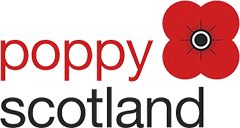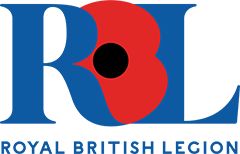Cremation has been the most popular funeral choice for the people of Britain for more than 50 years. Although cremation only became legal in the country in 1885, by the end of the 1960s there were more cremations than burials; last year, just 25% of funerals were burials*.
While the proportion of people opting for cremation has been fairly steady at 75%-80%, there has been a significant change in the type of cremations British people are choosing - the number of direct cremations has jumped from just 3% in 2019 to almost 20% in 2022*. There are three main causes for the rise in the number of direct cremations.
Firstly, there has been a growing awareness of no-frills cremation as an alternative to traditional cremation services as a funeral option. The death and direct cremations of celebrities like David Bowie and Karl Lagerfeld introduced the funeral option to many people in 2018, when only 2% of people were choosing direct cremation.
Second is cost. In the past, only people who didn’t want a ‘fuss being made’ of their passing chose the direct cremation option. But as funeral costs have risen, direct cremation has come to be seen as an affordable alternative to traditional funeral services. With the average cost of a direct cremation at £1,511 according to the most recent SunLife Cost of Dying Report, direct cremation is more than £2,000 cheaper than the average traditional cremation, costing £3,673*.
Lastly, throughout the COVID pandemic direct cremation became the most practical option for many families. With funeral restrictions in place, almost a quarter of all funerals carried out between February 2020 and July 2021 were direct cremations. That compares with just 3% two years earlier.
Traditional versus direct cremation
The removal of COVID restrictions will likely see a return to more traditional funeral services. However, cost factors and much wider awareness of direct cremation will lead to people to continue considering direct cremation as an option for them. But before making that choice, it’s useful to know the differences between a traditional cremation and a direct cremation.
The main difference is the absence of any funeral ceremony. Whereas a traditional cremation funeral includes a service at the crematorium or at a church beforehand, a direct cremation has no service and there is no one in attendance.
Instead, the deceased is taken directly to be cremated. A simple coffin is used and the timing of the cremation is determined by the funeral director, usually according to availability at local crematoria.
From a cost perspective, this removes the need for a more expensive coffin. It can also reduce crematorium costs as the cremation can be performed at quieter times and in a shorter time period. In addition, it removes the expense of cars, flowers, an order of service and a funeral celebrant.
One other perceived benefit for those choosing direct cremation is the freedom to choose the timing of wakes or memorial services. Traditionally, a wake would be held immediately following cremation and close to the crematorium. With a direct cremation however, any memorial gatherings can be held at a time and place that is convenient for friends and family.
Choosing between traditional and direct cremation
There are still similarities between traditional and direct cremation. In both cases, the ashes will be returned to the family to be kept or scattered according to the deceased’s last wishes.
After cost considerations, the key decision might be whether you want a service or not. Some people find funerals upsetting and want to have the last memories of their loved one separate from their cremation. For others, funerals are an important opportunity to say goodbye. That choice is ultimately a very personal one and Golden Charter wants everyone to be able to choose the final farewell that they want. Our Direct Cremation Plan priced from £20.07 per month or £1,885.00, is the best option for keeping costs low.
For a more traditional cremation, our Value Plan starts at £25.19 per month or £3130.00.







